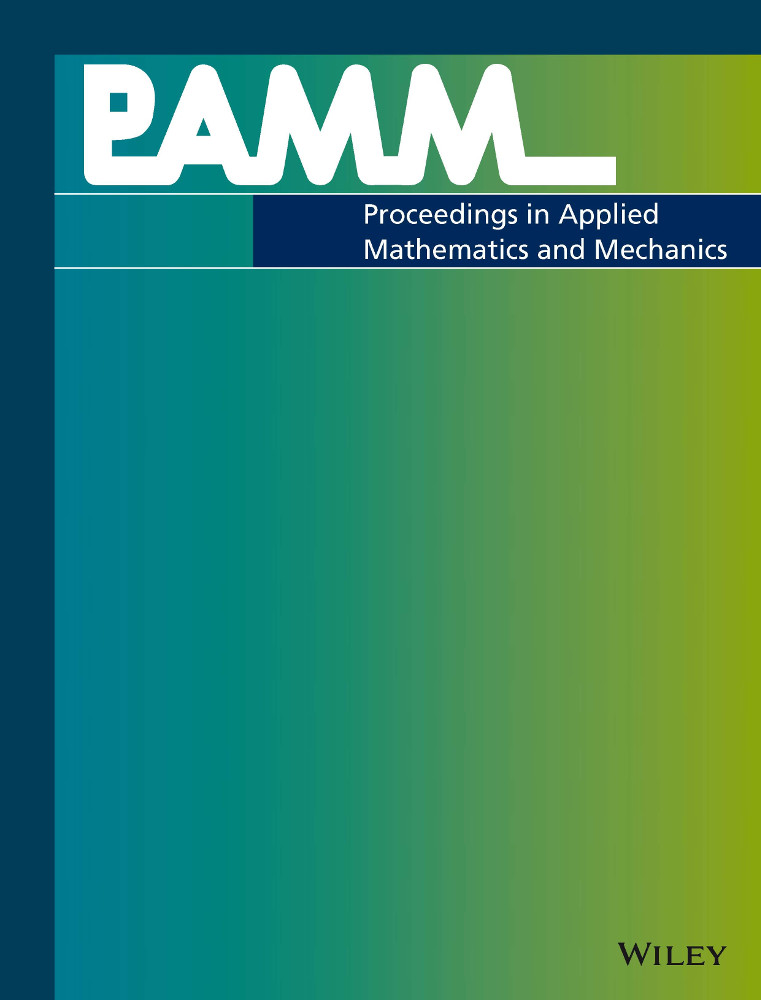Tracking of fracture-state displacement data generated by cohesive zone modeling using shape optimization
Abstract
Many infrastructure objects made from concrete like bridges are in bad condition. Different types of damage like corrosion and fractures reduce the stiffness and strength significantly. Knowledge of the fracture propagation is essential to predict the remaining life time and to guarantee a safe operation. There are different approaches to solve this problem. On the one hand finite element simulations including cohesive zone modeling are commonly used to determine the current condition and to predict the fracture propagation in a component. In addition, mathematical optimization techniques like shape optimization can be used to predict the fracture growth. In this work, fracture-state displacement data generated by cohesive zone modeling is tracked using shape optimization techniques, which leads to the imitation of fracture growth. It is shown that the techniques lead to comparable results for the fracture propagation in concrete.




